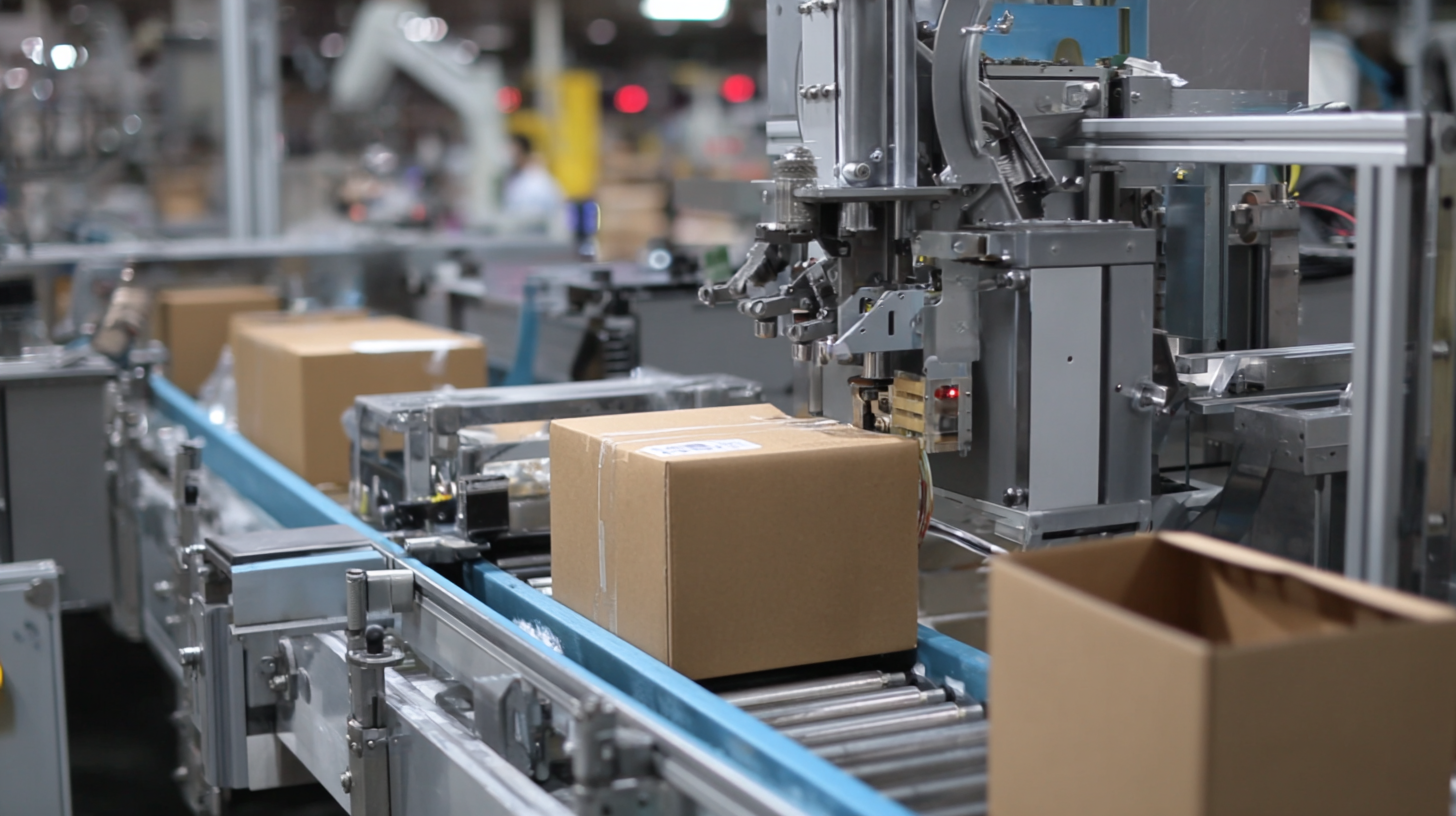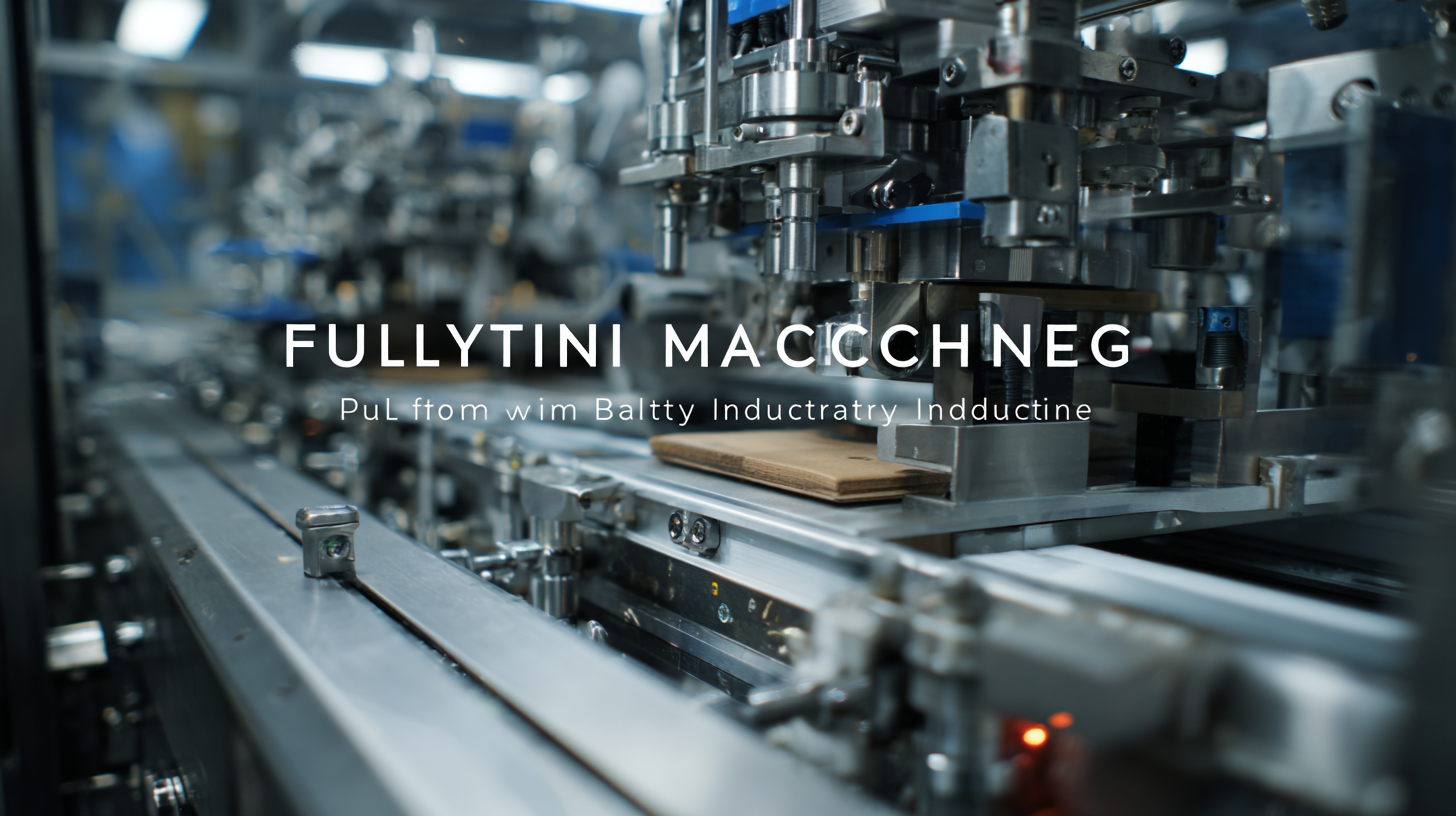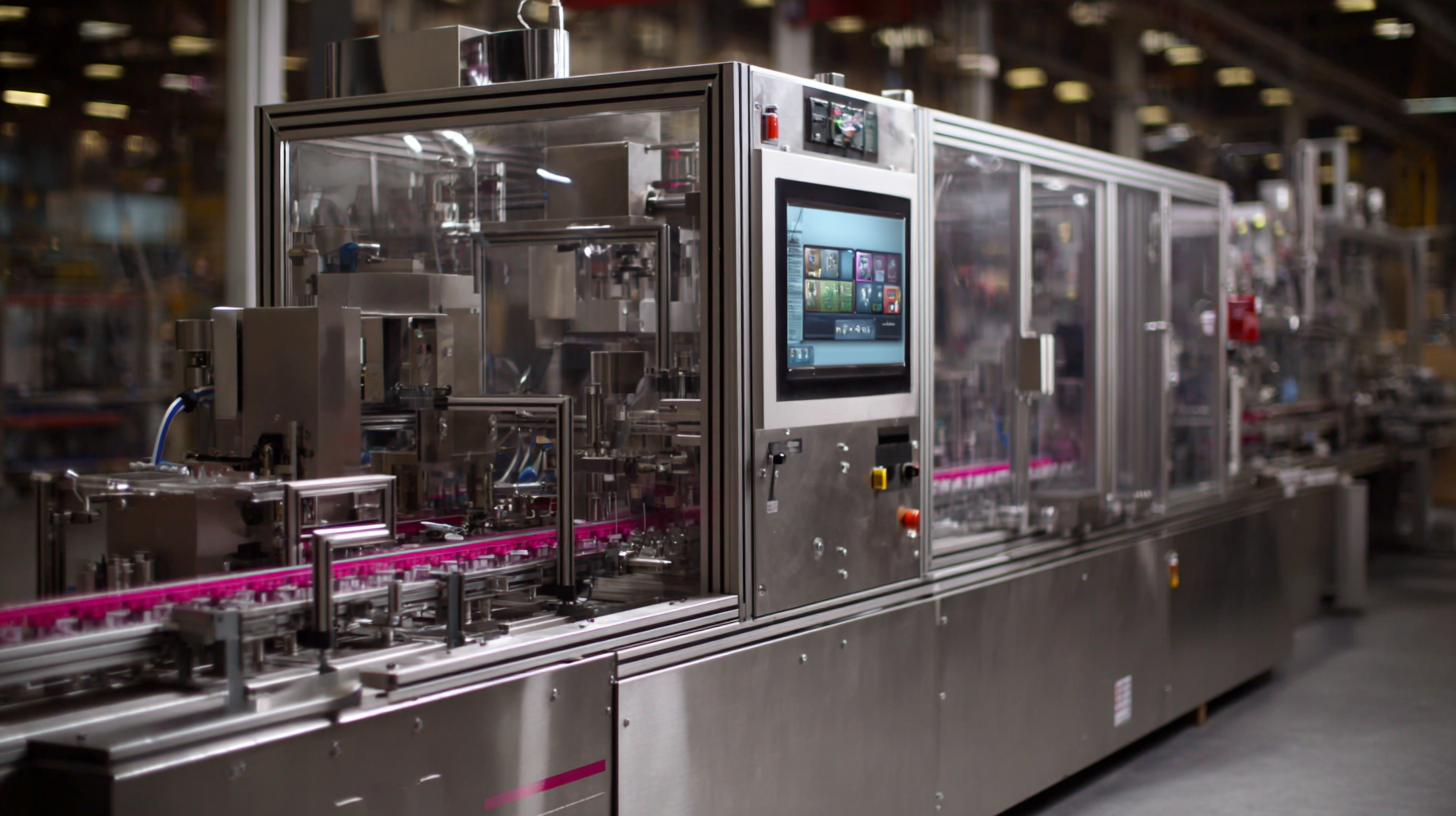What Makes Best Fully Automatic Packaging Machinery an Industry Leader
In recent years, the packaging industry has witnessed a remarkable transformation, driven by advancements in technology and increasing demand for efficiency and productivity. According to a report by Smithers Pira, the global market for Fully Automatic Packaging Machinery is projected to reach $55 billion by 2025, reflecting a compound annual growth rate (CAGR) of 4.5%. This growth is largely attributed to the rising popularity of e-commerce and the need for faster, cost-effective packaging solutions across various sectors, including food and beverages, pharmaceuticals, and consumer goods. Companies that invest in high-quality Fully Automatic Packaging Machinery not only improve operational efficiency but also enhance product safety and sustainability, positioning themselves as industry leaders.

This blog will explore the key factors that contribute to the efficacy and market dominance of Fully Automatic Packaging Machinery, while providing insights into future trends and how businesses can leverage these technologies to stay ahead in a competitive landscape.
Key Features That Define Industry-Leading Fully Automatic Packaging Machinery
In the rapidly evolving packaging industry, fully automatic packaging machinery stands at the forefront of innovation and efficiency. Key features that define industry-leading fully automatic machines include advanced automation capabilities, which significantly reduce labor costs while enhancing production speed and accuracy. These machines are designed to handle various packaging formats, ensuring flexibility to meet diverse product needs. Furthermore, seamless integration with digital technologies not only streamlines operations but also allows for real-time monitoring and data analysis, which can drive further improvements in performance.
Sustainability is another crucial feature shaping the future of fully automatic packaging machinery. Industry leaders are increasingly focusing on using eco-friendly materials and optimizing energy consumption, reflecting a growing demand for sustainable practices within the market. Additionally, built-in features like user-friendly interfaces and maintenance alert systems promote operational efficiency and reduce downtime, making these machines indispensable in modern packaging lines. As the market continues to expand, these defining characteristics will be pivotal in setting industry leaders apart from their competitors.
Advantages of Versatility in Fully Automatic Packaging Solutions
Versatility is a key attribute that sets the best fully automatic packaging machinery apart in today's competitive packaging industry. These advanced systems are designed to adapt to various products, package types, and production volumes, thereby maximizing efficiency and operational flexibility. Businesses that invest in versatile packaging solutions can easily switch between different product lines, reducing downtime and enhancing responsiveness to market demands.
To harness the benefits of versatile packaging machinery, it’s essential to conduct a thorough analysis of your production requirements. Evaluate the range of products you offer and identify any seasonal fluctuations in demand. This insight will help you choose equipment that not only meets current needs but also accommodates future growth.
Additionally, consider investing in machinery that supports multiple packaging formats, such as bags, boxes, and pouches. This can significantly streamline operations and lower costs. Regular training for your staff on the operation of these versatile systems can also improve efficiency and reduce errors—ensuring that your packaging process remains smooth and productive. Embracing versatility in your packaging solutions will not only keep you ahead of the competition but also drive long-term success.
How Efficiency Boosts Profitability in Packaging Operations
The packaging machinery industry plays a pivotal role in enhancing efficiency within various operational sectors, driving profitability in today's competitive market. The industry's growth is attributed to a diverse range of machine types, including fillers, labelers, and sealing equipment, tailored to meet specific application demands such as food and beverage, chemicals, personal care, and pharmaceuticals. With an increasing market size, the packaging machinery sector is poised for significant expansion, demonstrating robust demand across various applications globally.
 As companies invest in fully automatic packaging machinery, they unlock transformative efficiencies that directly boost their bottom lines. By streamlining production processes and reducing labor costs, businesses can achieve higher output and improved product quality. This shift not only enhances competitiveness but also supports sustainable practices through reduced waste and energy consumption. With anticipated growth in profitability, companies like JiHengd Co. are projected to report substantial increases in net income, further reflecting the correlation between advanced packaging solutions and overall financial performance in the market.
As companies invest in fully automatic packaging machinery, they unlock transformative efficiencies that directly boost their bottom lines. By streamlining production processes and reducing labor costs, businesses can achieve higher output and improved product quality. This shift not only enhances competitiveness but also supports sustainable practices through reduced waste and energy consumption. With anticipated growth in profitability, companies like JiHengd Co. are projected to report substantial increases in net income, further reflecting the correlation between advanced packaging solutions and overall financial performance in the market.
The Role of Advanced Technology in Enhancing Packaging Quality
The integration of advanced technology in fully automatic packaging machinery has revolutionized the industry, significantly enhancing packaging quality and efficiency. According to a report by ResearchAndMarkets, the global packaging machinery market is expected to reach $57.9 billion by 2028, growing at a CAGR of 4.9% from 2021. This growth is largely driven by innovations such as IoT-enabled devices, robotics, and AI, which streamline operations and minimize human error.
Advanced technologies improve not only operational efficiency but also the precision of packaging processes. The use of machine learning algorithms allows machinery to optimize production lines in real-time, adapting to variations in product dimensions or materials. A study from Smithers Pira suggests that 58% of packaging professionals believe that automation will play a crucial role in improving quality control through improved monitoring and analysis. As manufacturers leverage these innovations, they are setting new standards for packaging quality, ensuring that products are not only well-preserved but also delivered to consumers in an enticing manner.
What Makes Best Fully Automatic Packaging Machinery an Industry Leader - The Role of Advanced Technology in Enhancing Packaging Quality
| Feature | Description | Impact on Quality |
|---|---|---|
| High-Speed Operation | Utilizes advanced motors and sensors to achieve speeds up to 300 packages per minute. | Increases production efficiency while maintaining packaging integrity. |
| Precision Control | Employs servo drives for accurate positioning and alignment of products. | Reduces waste and ensures consistent packaging quality. |
| User-Friendly HMI | Touchscreen interfaces facilitate easy monitoring and adjustments. | Enhances operator efficiency and reduces downtime. |
| Modular Design | Allows customization and scalability based on production needs. | Supports various product types and sizes without sacrificing quality. |
| Real-Time Monitoring | Integrated sensors gather data for continuous quality assurance. | Enables immediate corrective actions to maintain quality standards. |
Sustainability Trends in Fully Automatic Packaging Machinery: A Competitive Edge
Sustainability has become a cornerstone of competitive strategy in the packaging machinery industry, particularly for companies specializing in fully automatic systems. According to a report by Smithers Pira, the global market for sustainable packaging is expected to reach $500 billion by 2024, growing at a CAGR of 5.7%. This shift indicates that companies prioritizing eco-friendly practices in their packaging processes are likely to gain significant market advantages. Fully automatic packaging machinery that incorporates sustainable materials and energy-efficient technologies not only meets regulatory standards but also aligns with consumers’ increasing demand for environmentally responsible products.
Moreover, the implementation of advanced technologies such as AI and IoT in fully automatic packaging systems enhances operational efficiency while minimizing waste. A recent study by MarketsandMarkets predicts that the smart packaging market will grow from $23 billion in 2020 to nearly $37 billion by 2026, fostering innovations that focus on reducing carbon footprints. Companies adopting these trends are not only improving their bottom lines but also strengthening their brand loyalty by appealing to a consumer base that values sustainability. By prioritizing eco-friendly practices and leveraging new technologies, leaders in the fully automatic packaging machinery sector are not just responding to market trends; they are shaping the future of the industry.

